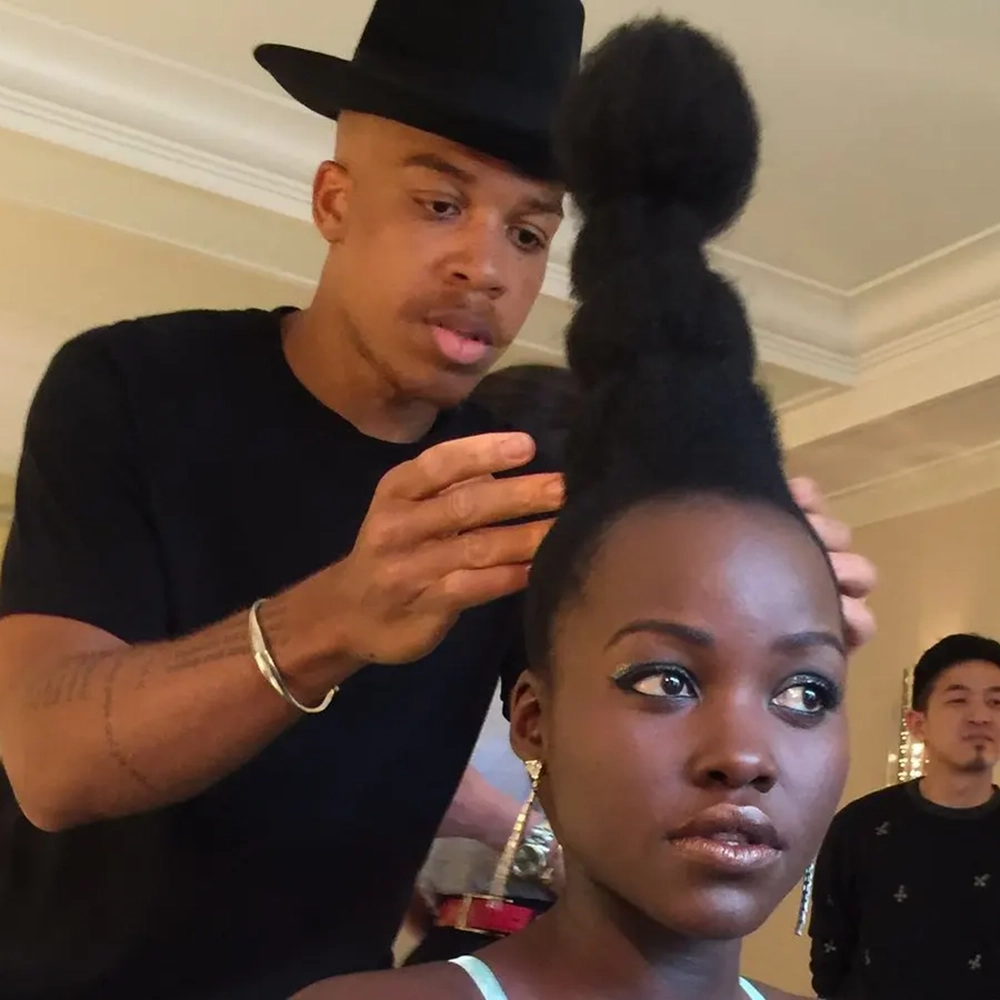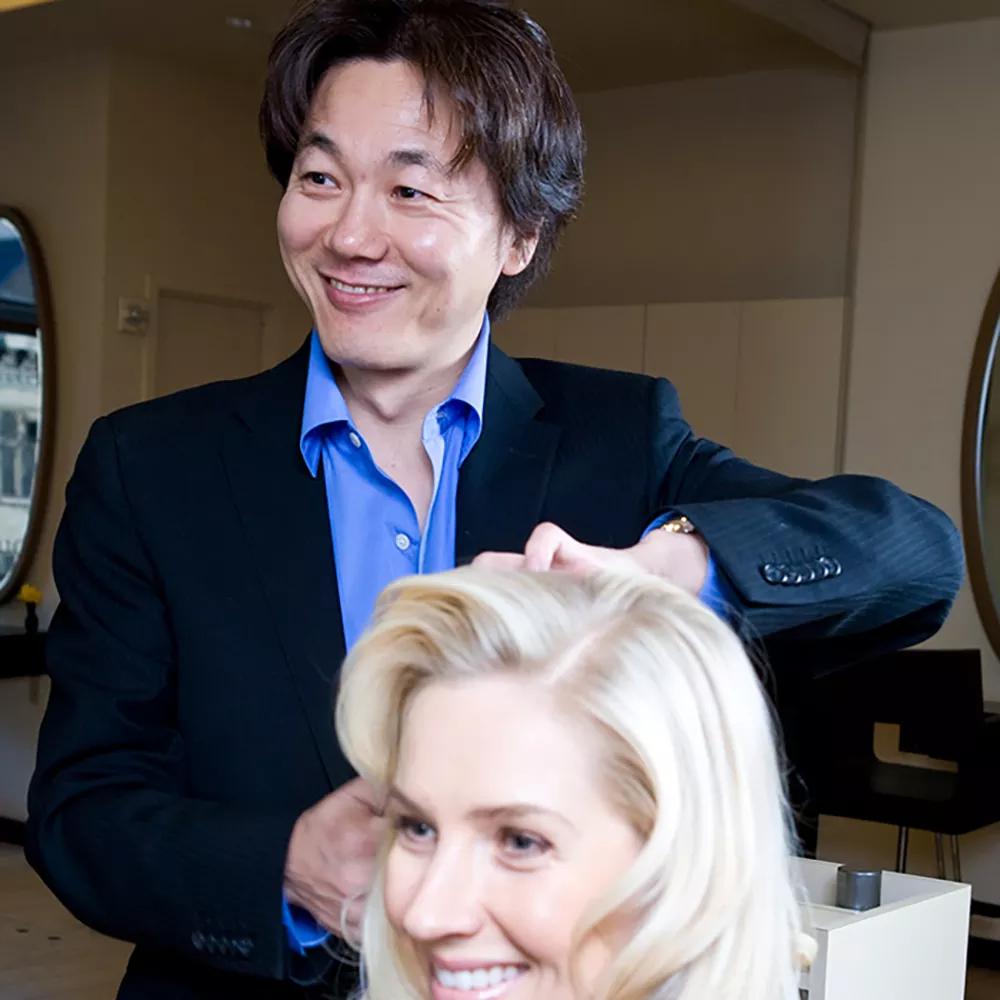Difference Between Hair Stylists And Hair Artists
The Difference Between Hair Stylists And Hair Artists
When it comes to our hair, we all want to have the perfect hairstyle or haircut that makes us feel confident and stylish. And who is responsible for transforming our hair into a work of art? Hair stylists and hair artists. Although these terms are often used interchangeably, there are some key differences between the two.
Hair stylists are professionals who specialize in cutting, coloring, and styling hair. They are skilled in using tools like scissors, clipper, and razors to create different haircuts and hairstyles. Hair stylists work with clients to understand their preferences and offer personalized suggestions based on their face shape, hair type, and lifestyle. They are knowledgeable about different cutting techniques and use their expertise to create fabulous looks for their clients.
Hair artists, on the other hand, take hairstyling to the next level. They not only have the skills of a hair stylist but also possess a creative flair and artistic vision. Hair artists treat hair as a canvas and use it to create stunning works of art. They are adept at experimenting with different colors, textures, and styles to achieve unique and eye-catching hairstyles. Hair artists are often sought after for editorial shoots, fashion shows, and avant-garde events where their creativity can truly shine.
| Characteristic | Hair Stylists | Hair Artists |
|---|---|---|
| Technical Skills | Highly skilled in cutting, coloring, and styling hair | Masterful in using hair as a medium for artistic expression |
| Creativity | Focuses more on creating wearable and trendy hairstyles | Thrives on pushing boundaries and creating innovative looks |
| Client Interaction | Works closely with clients to understand their preferences | Collaborates with clients to bring their vision to life |
| Industry Recognition | Known for their technical expertise and ability to deliver desired results | Recognized for their artistic talent and ability to create awe-inspiring hairstyles |
Although hair stylists and hair artists possess different skill sets, it’s important to note that some professionals may excel in both areas. They may have the technical skills of a hair stylist but also possess the creativity and vision of a hair artist. Ultimately, whether you choose a hair stylist or a hair artist depends on your personal style preferences and the look you want to achieve.
So, the next time you visit a salon or book an appointment with a hairstylist, keep in mind the distinction between hair stylists and hair artists. Regardless of who you choose, you can trust that they are passionate about their craft and committed to making you look and feel your best.
Skills Required To Become A Hair Stylist
When it comes to the world of hair, there are two terms that are often used interchangeably – hair stylists and hair artists. While both professions involve working with hair and creating beautiful hairstyles, there are some key differences between the two. In this blog post, we will explore the skills required to become a hair stylist and the unique qualities that set them apart from hair artists.
Becoming a skilled hair stylist requires a combination of technical expertise, creativity, and excellent customer service skills. Hair stylists must have a solid understanding of various hair types, textures, and styles. They should be knowledgeable about different cutting techniques, styling tools, and hair products. Moreover, hair stylists need to stay updated with the latest trends in hairstyling and be able to recommend suitable haircuts and hairstyles to their clients.
Another important skill that hair stylists must possess is the ability to listen and communicate effectively with their clients. They should be able to understand their clients’ desires and preferences and translate them into a hairstyle that complements their features and suits their lifestyle. Building strong communication skills and being able to provide clear instructions and explanations is essential to ensure customer satisfaction.
- Technical expertise: A skilled hair stylist should have a solid understanding of various hair types, cutting techniques, and styling tools.
- Creativity: Hair stylists need to have a creative eye and be able to think outside the box to create unique and stylish hairstyles.
- Customer service skills: Good communication, listening, and interpersonal skills are essential for building strong relationships with clients and providing excellent customer service.
In addition to these skills, hair stylists should also have a strong work ethic and be able to work well under pressure. They often need to manage multiple clients and appointments while ensuring that each client receives personalized attention and a satisfactory experience. Having good time management skills and being able to work efficiently and quickly without compromising the quality of their work is crucial for success in this field.
| Skills Required to Become a Hair Stylist: |
|---|
| Technical Expertise |
| Creativity |
| Customer Service Skills |
| Good Communication |
| Time Management |
In conclusion, becoming a successful hair stylist requires a combination of technical skills, creativity, good communication, and excellent customer service. It’s a profession that demands continuous learning and staying up-to-date with the latest trends and techniques. If you have a passion for hair and love bringing out the beauty in others, pursuing a career as a hair stylist may be the perfect fit for you.
Steps To Become A Successful Hair Artist
Are you passionate about hairstyling and dream of becoming a successful hair artist? Embarking on a career as a hair artist takes dedication, creativity, and hard work. In this blog post, we will explore the steps you need to take to become a successful hair artist. Whether you are just starting out or looking to enhance your skills, these steps will guide you on your journey.
Step 1: Obtain the necessary education and training
One of the first steps to becoming a successful hair artist is to acquire the necessary education and training. Look for reputable beauty schools or cosmetology programs that offer comprehensive courses in hair styling and cutting. These programs will provide you with a solid foundation of technical skills and knowledge, including understanding different hair types, textures, and styles.
Step 2: Gain hands-on experience
The next crucial step is to gain hands-on experience in a salon or under the mentorship of experienced hair artists. Working in a real salon environment will expose you to a diverse range of clients and their unique hair needs. It will also allow you to practice and refine your hairstyling techniques while learning from seasoned professionals.
Step 3: Build a strong portfolio
In the world of hair artistry, having a strong portfolio is essential. Document your best work by taking high-quality photographs of the hairstyles and haircuts you have created. Your portfolio will serve as a visual representation of your skills and style, showcasing your versatility and creativity to potential clients and employers.
Step 4: Stay updated with the latest trends and techniques
Continuously learning and staying updated with the latest trends and techniques in the world of hairstyling is crucial for becoming a successful hair artist. Attend industry events, workshops, and seminars to expand your knowledge and stay ahead of the curve. Embrace lifelong learning to constantly improve your skills and offer your clients the most current and fashionable hairstyles.
Step 5: Develop strong communication and customer service skills
Being a successful hair artist goes beyond technical expertise. Developing strong communication and customer service skills is vital for building a loyal client base. Listen to your clients’ needs and preferences attentively, and provide them with personalized recommendations and advice. Excellent customer service will not only keep your clients coming back, but it will also generate positive word-of-mouth referrals.
Step 6: Network and promote yourself
To thrive as a hair artist, it’s essential to establish a strong network within the beauty industry. Attend industry events, connect with fellow hairstylists, and collaborate with photographers, makeup artists, and fashion designers. Building professional relationships can lead to exciting opportunities, such as working in fashion shows, photo shoots, and editorial campaigns. Additionally, utilize social media platforms to promote your work and attract new clients.
In conclusion, becoming a successful hair artist requires a combination of talent, education, experience, and dedication. Follow these steps, continuously refine your skills, and embrace the ever-evolving world of hairstyling. With hard work and passion, you can turn your love for hair into a rewarding and fulfilling career as a hair artist.


























